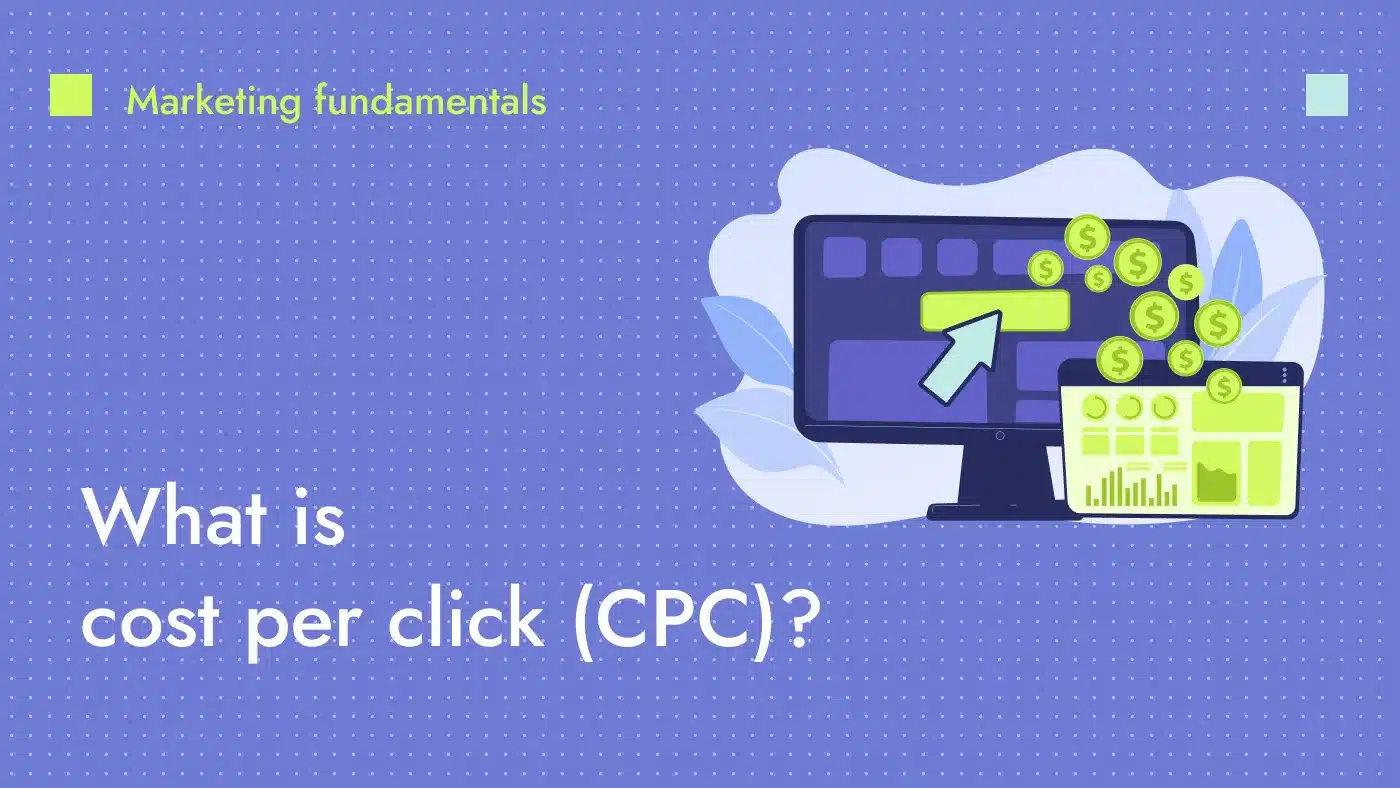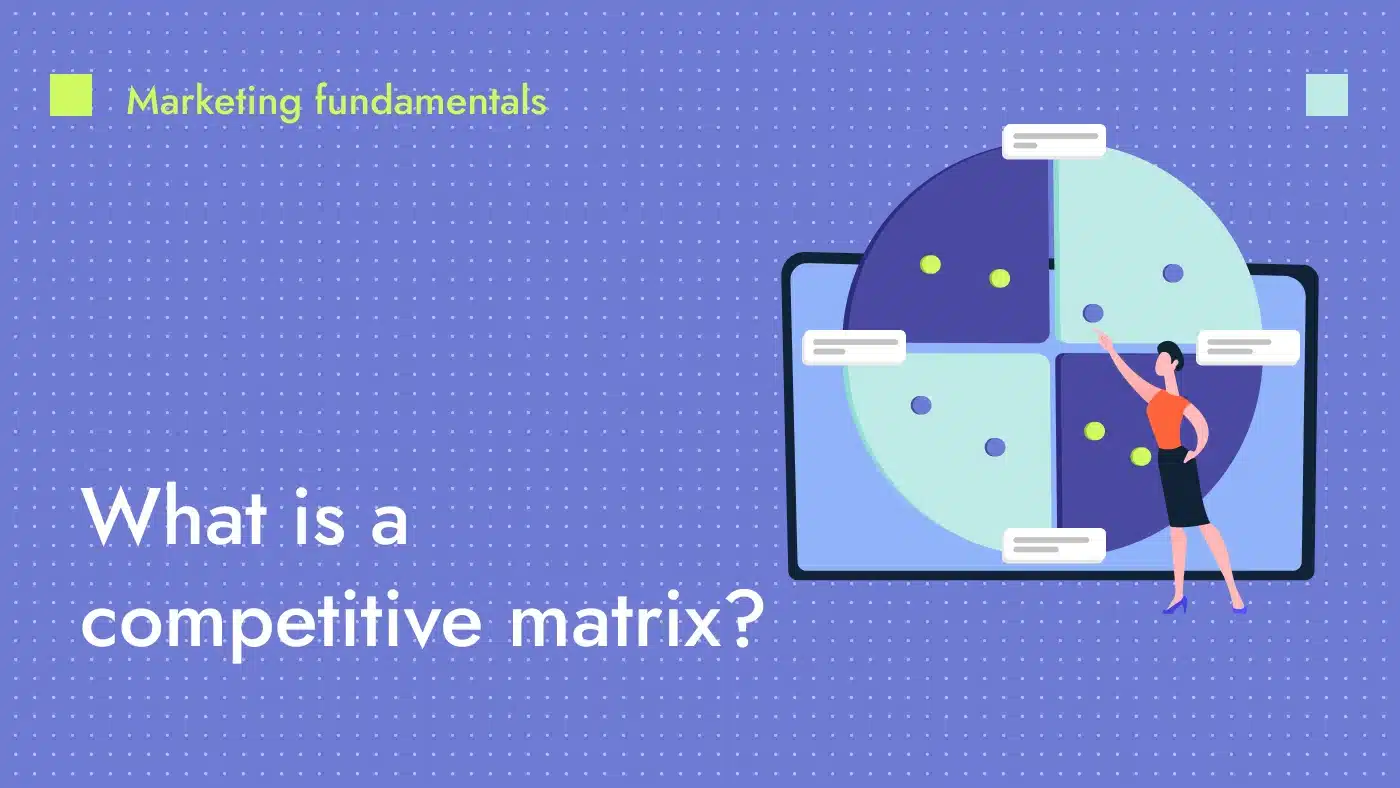Cost per lead (CPL) is a marketing metric that measures the cost incurred for each generated lead. A lead is a potential customer who has shown interest in a company’s product or service and provided their contact information for further communication.
Why is it important to measure cost per lead?
Measuring cost per lead is crucial for businesses because it allows them to gauge the effectiveness of their marketing campaigns and optimize their lead generation strategies. By calculating CPL, companies can identify the channels and tactics providing the best value for their marketing spend, so they can allocate their resources more efficiently, maximizing their return on investment (ROI) and reducing wasted marketing expenditures.
According to a study by Gartner, companies that measure conversions are more likely to achieve higher ROI on their marketing efforts than those that do not track it. By comparing the CPL of different marketing channels (organic search, ads, email campaigns etc.), businesses can identify and focus on those that yield higher-quality leads at a lower cost.
How to calculate cost per lead (CPL)
To calculate CPL, divide the total cost of the marketing campaign by the number of leads generated during that period. For example, if a company spent $10,000 on a marketing campaign and generated 100 leads, the CPL would be $100.
Which marketing channels have the highest results of quality of leads?
In the business to business (B2B) marketing space, several channels have been found to yield high quality leads. While the effectiveness of particular channels may vary based on the industry and target audience, the following usually generate good quality leads:
- Content marketing and search engine optimization (SEO): Creating valuable, informative and engaging content and optimizing it for search engines with SEO best practices is an effective way to attract and nurture leads. According to a Demand Gen report, 55% of B2B buyers relied on content to research and make purchase decisions.
- Email marketing: Targeted and personalized email campaigns can help nurture leads and maintain long-term relationships with potential clients.
- Social media marketing: Social media platforms, like LinkedIn and Twitter, are powerful tools for B2B lead generation. They allow you to connect with professionals in your target market, participate in relevant groups or discussions and share content that can drive engagement and interest. In a survey conducted by the Content Marketing Institute, 93% of respondents rated LinkedIn as an effective B2B marketing platform, with Twitter, YouTube and Instagram trailing slightly behind.
- Pay per click (PPC) advertising: Google Ads and other PPC advertising platforms can help you target specific keywords and audiences to generate good leads.
- Trade shows and events: Although in-person events were limited during the COVID-19 pandemic, they have historically been a valuable channel for generating high quality B2B leads.
- Referrals: Encouraging satisfied customers and partners to refer your business to others can effectively generate leads. By building strong relationships and providing excellent service, you can create a network of advocates who can help expand your reach and bring in new leads.
From one of our cybersecurity customer success stories, for example, you can see that 64% of leads generated from direct and organic traffic were qualified. When compared to paid ads, only 12% of the leads were qualified. These results suggest that, for certain companies and industries, SEO content marketing can be more cost-effective than investing in ads.
Learn how to measure the success of your marketing campaigns with our comprehensive marketing KPIs guide.
Which role within the marketing team is responsible to track the cost per lead?
The responsibility of tracking and optimizing CPL typically falls on the shoulders of the demand generation leader. This role involves overseeing the entire lead generation process, from identifying target audiences to nurturing and converting leads into customers.
The demand generation team is responsible for implementing tactics to reduce CPL, such as improving the quality of leads, optimizing landing pages and using data-driven insights to refine their marketing strategies.
Ways to reduce cost per lead
The following strategies can be effective in reducing your CPL:
- Refine your targeting: Identify your target audience and tailor your marketing messaging and tactics to their preferences.
- Optimize your landing pages: Ensure your landing pages are optimized for conversion by using clear and concise messaging, effective call-to-actions and streamlined forms.
- Use data-driven insights: Analyze data on lead behavior and preferences to refine your messaging and optimize your marketing strategies.
- Leverage marketing automation: Automate lead generation and nurturing processes with digital marketing tools to increase efficiency and reduce costs. For example, copywriting tools, such as Grammarly and Hemingway Editor, can significantly improve your content production.
- Increase lead quality: Focus on generating higher quality leads that are more likely to convert into customers and have a higher lifetime value. This can be done by outputting high quality content, running precise ad campaigns and ensuring you’re harvesting the correct keywords on your pages.
The top frequently asked questions on CPL
What is a good CPL benchmark?
What is considered a good CPL benchmark varies by industry, location and services offered. For example, the IT and technical services sector experiences a CPL ranging from $39 to $370.
How can I reduce my CPL with SEO?
Adding search engine optimization (SEO) to your current marketing strategy can help reduce your CPL in the following ways:
- Brand awareness: Organic search can help improve brand awareness and visibility. A website consistently appearing at the top of search results for relevant keywords can increase brand recognition and trust. This awareness can generate more leads through word-of-mouth referrals and organic social media sharing, reducing CPL.
- Targeted traffic: By focusing on specific keywords and phrases relevant to your target audience, you can attract more qualified leads to your website, increasing the likelihood of conversions and ultimately lowering your CPL.
- Trust and credibility: Websites with high organic search rankings are perceived as more trustworthy and credible by users. This good standing can increase the likelihood of visitors providing their contact information or filling out a form, resulting in a lower CPL.
Discover how you can leverage SEO thought leadership to improve brand perception and customer acquisition.






